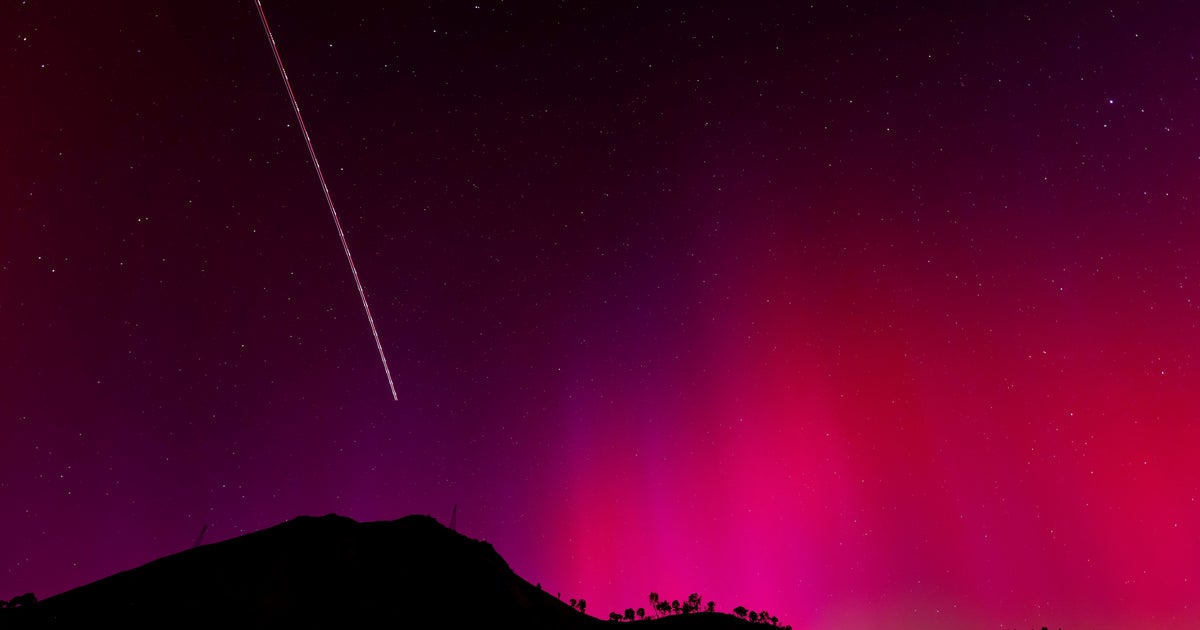NASA finally fuels moon rocket on fourth attempt, but problems remain
After three unsuccessful attempts, NASA's Space Launch System moon rocket finally made it through a dress-rehearsal countdown and fueling test Monday, but another hydrogen leak caused problems that will have to be addressed before the huge booster can be cleared for its long-awaited maiden flight.
NASA managers were holding open the possibility of a launch in late August, but it's not yet known if the latest problem might impact those plans. Even so, the test accomplished almost all of NASA's goals, verifying the rocket's complex software, hardware and precisely timed procedures will work together as planned during an actual launch.
"It's a great day for our team," said Charlie Blackwell-Thompson, the first woman to serve as launch director for a major rocket system. "Really proud of them working through the loading operations and working through terminal count. Definitely a good day for us and a very exciting day as well."
The earlier fueling tests were cut short by a variety of problems, including a leaking hydrogen feed line connector. In all three cases, the countdown was cut off well before fuel loading was complete and long before its "terminal" phase, the last 10 minutes, could begin.
With the leaking fuel line connector repaired, engineers on Monday successfully loaded three quarters of a million gallons of liquid oxygen and hydrogen fuel into the SLS rocket's two stages, despite another hydrogen leak, this one in a quick-disconnect fitting.
After a five-hour delay to troubleshoot the problem, mission managers approved a plan to "mask" sensor readings that would have otherwise resulted in an abort, in effect hiding the leak from the launch control computer system.
The team originally planned to count down to T-minus 33 seconds and then recycle back to 10 minutes to demonstrate an ability to manage an unplanned hold in an actual launch countdown. From there, the count would resume and proceed all the way to T-minus 9.3 seconds, just before the main engine start sequence would begin for a real launch.
But with the countdown delayed for hours by the hydrogen leak, Blackwell-Thompson and the launch control team opted to skip the run down to 33 seconds and to proceed instead straight down to T-minus 9.3 seconds
Coming out of an extended "hold" at the T-minus 10-minute point, the countdown ticked smoothly into its final minutes, passing one milestone after another without a hitch.
But at T-minus 29 seconds, four seconds after the countdown presumably was handed off to the SLS rocket's onboard computer, a cutoff command was issued and the countdown came to a halt, presumably because the leak was detected somewhere in the computer system.
While they were unable to achieve all of their objectives, the SLS team came very, very close. Blackwell-Thompson said getting the rocket's two stages fully loaded with propellant and into "stable replenish" mode for the first time was a major step forward.
"We have done this many times in a sim(ulation), but we haven't done it with cryogenics on the vehicle," she said, referring to the rocket's super-cold propellants. "And so today, we got all stages to replenish, that was a big milestone for us.
"And then our team really wanted to get into terminal count and work through those milestones and see how we performed, how the team performed and how the hardware performed. And they both performed very well."
But it's not yet known what impact the leaking hydrogen fitting might have on NASA's plans to launch the SLS, the centerpiece of the agency's Artemis moon program, on its maiden flight. Whether a late summer launch is still possible is not yet known.





